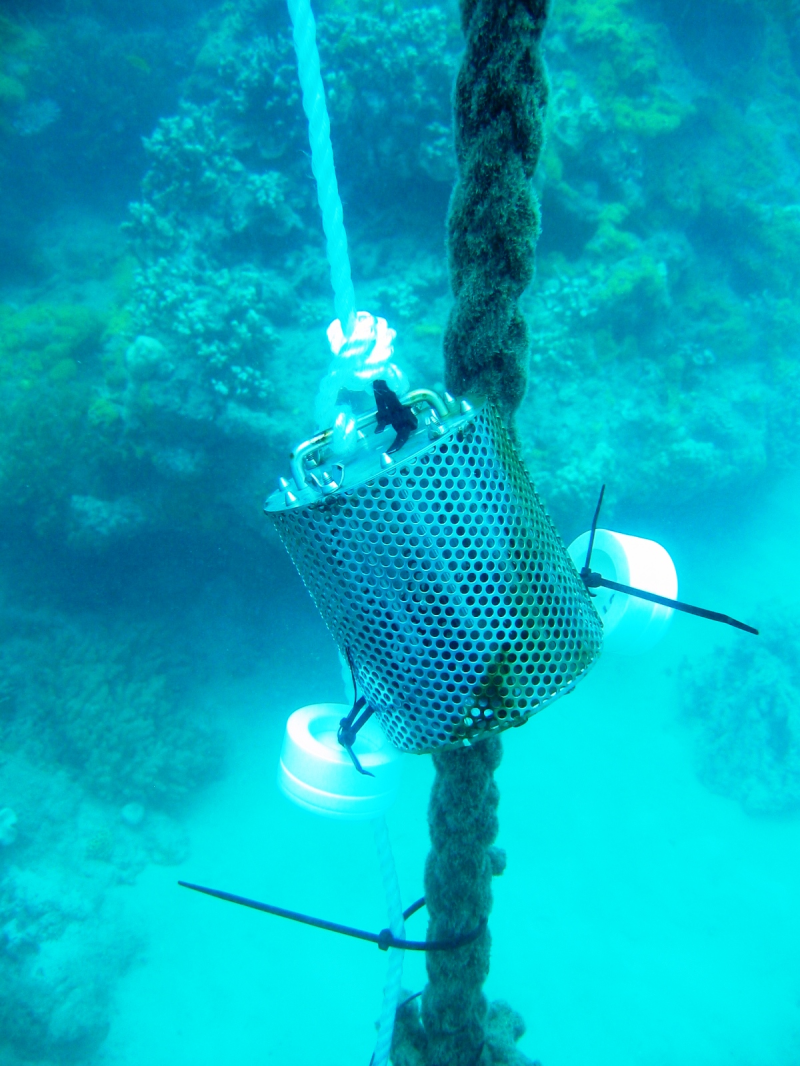National Research Centre for Environmental Toxicology (Entox)
Type of resources
Topics
Keywords
Contact for the resource
Provided by
Representation types
status
-

The aim of this component of the Reef Rescue Monitoring Program is to assess trends in the concentrations of specific herbicides and pesticides, primarily through routine monitoring at sites (Green Island, Low Isles, Fitzroy Island, Normanby Island, Dunk Island, Orpheus Island, Magnetic Island, Cape Cleveland, Pioneer Bay, Outer Whitsunday, Sarina Inlet, North Keppel Island) within 20km of the Queensland coast. The monitoring year for routine pesticide sampling is from May to April. The year is arbitrarily divided into “Dry Season” (May to October) and “Wet Season” (November– April) sampling periods for reporting purposes. Within each dry season, samplers are typically deployed for two months (maximum of three monitoring periods) and within each wet season, samplers are typically deployed for one month (maximum of six monitoring periods). The maximum number of samples which should be obtained from each location within each monitoring year is nine. Exposure to chemicals in the water is assessed with passive samplers. Passive samplers accumulate organic chemicals such as pesticides and herbicides from water until equilibrium is established between the concentration in water (CW ng.L-1) and the concentration in the sampler (CS ng.g-1). The concentration of the chemical in the water is estimated from calibration data obtained under controlled laboratory conditions (Booij et al., 2007). This calibration data consists of either sampling rates (RS L.day-1) for chemicals which are expected to be in the time-integrated sampling phase or sampler-water equilibrium partition coefficients (KSW L.g-1) for chemicals which are expected to be in the equilibrium sampling phase. Different types of organic chemicals need to be targeted using different passive sampling phases. The passive sampling techniques which are utilized in the MMP include: SDB-RPS Empore™ Disk (ED) based passive samplers for relatively hydrophilic organic chemicals with relatively low octanol-water partition coefficients (logKOW) such as the Photosystem II (PSII) herbicides (example: diuron). Polydimethylsiloxane (PDMS) and Semipermeable Membrane Devices (SPMDs) passive samplers for organic chemicals which are relatively more hydrophobic (higher log KOW) such as chlorpyrifos. The list of target chemicals was determined based on the following criteria: pesticides detected in recent studies, those recognised as a potential risk, analytical affordability, pesticides within the current analytical capabilities of Queensland Health Forensic and Scientific Services (QHFSS) and those likely to be accumulated within one of the passive sampling techniques (i.e. that exist as neutral species and are not too polar). Target Chemicals Bifenthrin, Fenvalerate (Pyrethroid, insecticides), Bromacilb , Tebuthiuron, Terbutrync, Flumeturon, Ametryn, Prometryn, Atrazine, Propazine, Simazine, Hexazinone, Diuron (PSII herbicides), Desethylatrazine, Desisopropylatrazine (PSII herbicide breakdown products (also active)), Oxadiazon Oxadiazolone (herbicide), Chlorfenvinphos , Chlorpyrifos, Diazinon, Fenamiphos, Prothiophos (Organophosphate insecticide), Chlordane, DDT, Dieldrin , Endosulphan, Heptachlor, Lindane (Organochlorine insecticides), Hexachlorobenzene (Organochlorine fungicide), Imidacloprid (Nicotinoid insecticide), Trifluralin (Dintiroaniline), Pendimethalin (Dinitroaniline herbicide), Propiconazole, Tebuconazole, (Conazole fungicides) Metolachlor (Chloracetanilide herbicide) Propoxur (Carbamate insecticide) PSII herbicides (ametryn, atrazine, diuron, hexazinone, flumeturon, prometryn, simazine and tebuthiuron and atrazine transformation products desethyl- and desiso-propyl – atrazine) sampled by the SDB-RPS ED samplers are also expressed as PSII herbicide equivalent concentrations (PSII-HEq) and are assessed against a PSII-HEq Index (Kennedy et al. 2010) for reporting purposes. PSII-HEq values were derived using relative potency factors (REP) collated from relevant laboratory studies for each chemical with respect to a reference PSII herbicide diuron (Jones and Kerswell, 2003; Mueller et al. 2008; Bengston-Nash et al 2005; Schmidt, 2005; Macova et al unpublished). If a given PSII herbicide is as potent as diuron, it will have a REP of 1. If it is more potent than diuron it will have a REP of >1, while if it is less potent than diuron it will have an REP of <1. Data Location: This dataset is saved in the eAtlas enduring data repository at: data\RRMMP\UQ_Mueller_Inshore-pesticides\GBR_RRMMP_UQ_Inshore-pesticides-2011
 eAtlas Data Catalogue
eAtlas Data Catalogue